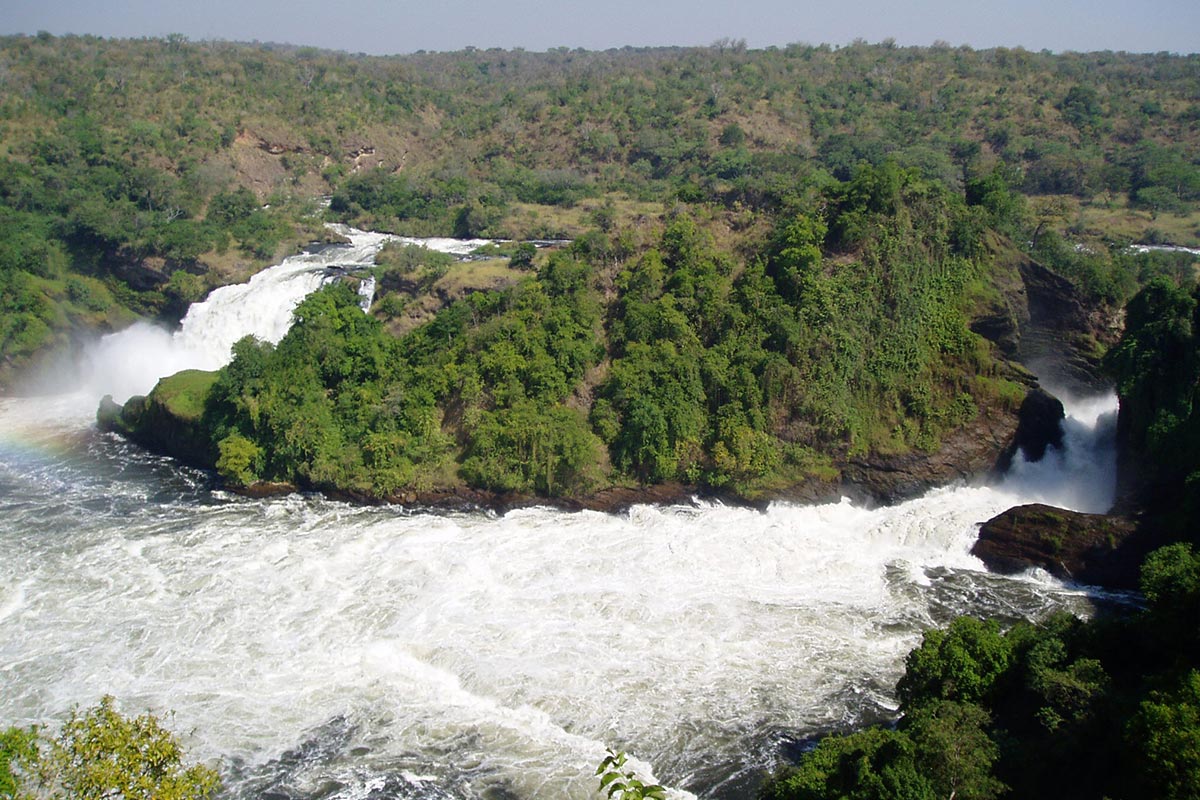travel to the wild!
Explore
General
Copyright © Streams Safaris Ltd. All Rights Reserved.
Size: 32km2
Altitude: 1,160m – 2,607m above sea level.
Bwindi was gazetted as a National Parkin 1991 and declared a UNESCO Natural World Heritage Site in 1994.
The Mubare gorilla group was the first to become available for tourism in Uganda in April 1993. Nine groups are now habituated for tourism, and one for research.
Spread over a series of steep ridges and valleys, Bwindi is the source of five major rivers, which flow into Lake Edward.
Bwindi Impenetrable National Park lies in south-western Uganda on the edge of the Rift Valley. The park is most prominent for being a habitat to half of the world’s mountain gorillas.
Bwindi Impenetrable Forest became a UNESCO World Heritage Site due to its ecological importance. The park has a large variation of altitude and habitat types, there by supporting a variety of species of trees, reptiles, butterflies, birds, moths, and small mammals.
Bwindi Impenetrable is blessed with one of the richest ecosystems in Africa, and the diversity of species is an attribute of the park. The park provides habitat for some 120 species of mammals ten of which are primates and more than 45 small mammal species, 350 species of birds, 220 species of butterflies, 27 species of frogs, chameleons, geckos and many endangered species.
In terms of fauna, the Bwindi area is amongst the most diverse forests in East Africa, with more than 1,000 flowering plant species including 163 species of trees and 104 species of ferns. The northern sector which has a lower altitude is rich in species of the Guineo-Congolian flora. These include two species internationally recognised as endangered that is; Brown mahogany (Lovoa swynnertonii) and Brazzeia longipedicellata.

 Rwenzori Mountains National Park
Scroll to top
Rwenzori Mountains National Park
Scroll to top